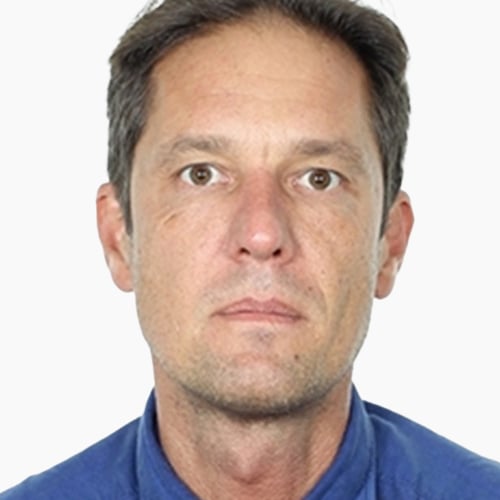The S Mark
30 juli 2021
Fredrik Wennersten, Chief Certification Officer at Intertek’s National Certification Body in Sweden shares some thoughts on the history of the S mark and what it means to manufacturers and consumers today.
The S mark dates back to 1926, when it was introduced by SEMKO (Svenska Elektriska Materielkontrollanstalten) to certify that a product had been tested and found safe to use. Back then, the S mark was mandatory for all electrical consumer products to be placed on the Swedish market.
One of the first products to be covered by this mandatory testing and certification scheme were radio receivers, which, at the time, were imported from the US and then modified to work with Sweden’s 220 V power supply. However, the modifications were not always successful, causing electrical failures and, in some cases, even fires. The solution to the problem of protecting Swedish consumers from these, sometimes dangerous, products was mandatory testing and certification.
No longer a mandatory certification
Since 1990, the S-mark is a voluntary certification mark that, from 1994, signifies compliance with the EU Low Voltage Directive, a requirement for the CE marking now mandatory within the EU. Although no longer mandatory, the S mark is an efficient way to show compliance with the Low Voltage Directive as well as a good complement to the self-declared CE mark.
The S-mark certification follows the criteria for a Type 5 certification scheme according to ISO 17067 and an S certificate is normally valid for 5 years, or by limitations based on applied standard. The certification process includes the following steps:
- Verification of testing
- Granting of license
- Factory surveillance
- Market surveillance
- Follow – up
The S-mark means that the product has been tested and certified by a third-party laboratory and certification body according to applied European CENELEC electrical safety standards. It also means that factory surveillance is conducted regularly throughout the validity of the certificate.
The S-mark layout has remained practically unchanged since its introduction nearly 100 years ago, and all S certified products and components can be found in the S-mark directory: https://certificatedirectory.intertek.se/
In short, the S-mark offers manufacturers the following advantages:
- Risk mitigation: you protect your brand by engaging an independent party. Intertek ensures that your product complies with the applicable requirements, reducing the risk of safety issues, product recalls and liability issues.
- Added value: you increase your product’s value by ensuring that it meets stringent safety requirements – an aspect that you will be able to highlight in your marketing and use in your pricing.
- Quality assurance: you assure the quality of your production through Intertek’s regular factory inspections.
- Increased focus: you free up your resources, allowing you to focus on your core business by engaging Intertek’s experts to ensure that your products meet the applicable safety requirements.
- Powerful communication: you show consumers, retailers and authorities that you invest in product safety, increasing their trust in your products, your brand and your company.
